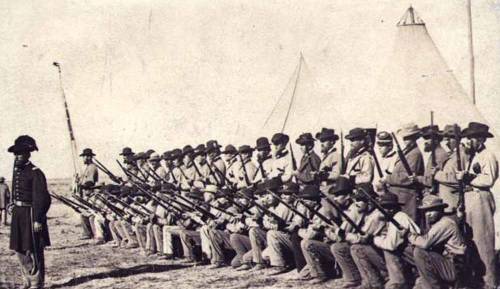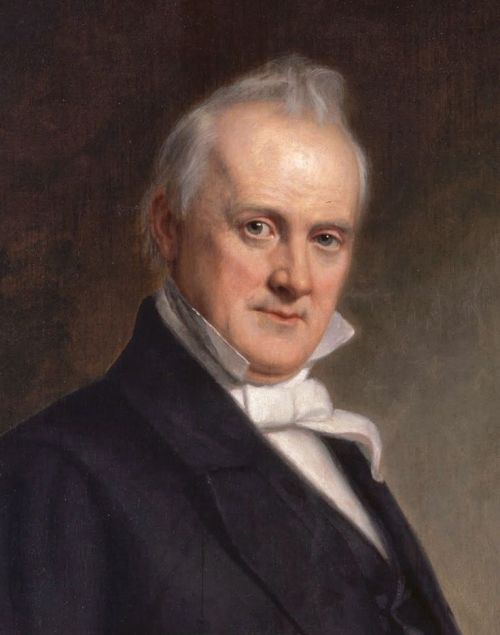The Mormon War of 1857-58 (AKA The Utah War)In the 1850’s suspicion of Mormonism rose among Am
The Mormon War of 1857-58 (AKA The Utah War)In the 1850’s suspicion of Mormonism rose among Americans, resulting in tensions that would lead to a little known conflict in American History. American opposition to Mormon governance in the Utah territory stemmed from opposition to polygamy and suspicion of the religious government under Brigham Young which many saw as an absolute theocracy. Young was the territorial governor at the time, however the Mormons governed with their own legislatures and courts which where separate from territorial legislatures and courts. A religious revival called the Mormon Reformation in 1856-57 increased anti-Mormon sentiment, egged on by journalists who published myths and sensationalized rumors. One popular rumor was that the Mormon Church was a tyrannical religious group that enforced its will through a secret police organization called the Danites.In 1856 and 1857, a number of Federal officials in the Utah Territory resigned their posts and moved back east, claiming that they were fleeing in fear of their lives. Under pressure from Congress and the press, President James Buchannan order that that Brigham Young be removed from his office as territorial governor and replaced with Alfred Cumming In addition, Buchannan ordered the deployment of 2,500 Federal troops to the territory into order to enforce the law and ensure the new governors power was unchallenged. Brigham Young saw this as a full scale invasion, and called up the militia to defend Utah against the US Army. The army force left Leavenworth, Kansas in July of 1857, at first led by Gen. William S. Harney, and later Col. Albert Sidney Johnston. Most of the war was fought in Wyoming Territory as the army slowly made its way to Salt Lake City. Conducted mostly by the Nauvoo Legion, the Mormons slowed the army’s pace by setting fires in front of their columns, raiding and stealing cattle and horses, causing stampedes, damming rivers to make the uncrossable, and destroying or stealing supply wagons. In a handful of instances shots were traded by both forces, but none of the small skirmishes resulted in bloodshed. Despite the harassment the army continued its advance towards Salt Lake City. The Mormon’s stalling of the US Army caused major embarrassment for the Buchannan Administration, and opinion suddenly turned against the expedition.In the spring of 1858 it was clear to Brigham Young that the Mormons could not hold off the invaders nor challenge the manpower and resources of the US Army. Thus he ordered what was called “The Sevastopol Policy”, a scorched earth plan in which the Mormons would burn Salt Lake City and move south. Many did leave their homes, but fortunately peace talks began in the spring, first with a Pennsylvania man named Thomas Kane, then with a peace delegation which arrived in April. Brigham Young and the Mormon government chose to accept a new Federal administration. The army arrived in Salt Lake City in June of 1858, peacefully marching through the city without incident building Fort Floyd in a remote location. For the next few years 7,000 Federal troops conducted a military occupation of Utah, however the soldiers and Mormons mostly kept to themselves. The occupation ended when the soldiers were recalled to the east in 1861 with the beginning of the Civil War. For the President Buchanan the “Mormon Rebellion” was a disaster, seen as a major failure on the part of him and his administration, and along with the slavery issue was one of the factors that prevented him from running for a second term. -- source link
Tumblr Blog : peashooter85.tumblr.com
#history#utah war#mormon war#mormons#mormonism#us army#brigham young#james buchannan#utah



